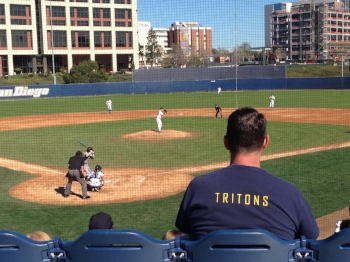Would you like to know more mind-numbing, spirit-crushing stats meant to dissuade your son from ever considering playing baseball in the Major Leagues? Here is the perspective of the President of Little League (taken from a 2006 speech):
"For the five million children playing baseball in the United States, 400,000 will play ball in high school. Of those 400,000, around 1,500 will be drafted by a professional baseball team. From those 1,500 or so, 500 will play two seasons or less in the minor leagues. Of the 500 in the minors, 100 will reach the Major League level, with one making it to Cooperstown, N.Y. and the National Baseball Hall of Fame."
As I am not in the business of getting students onto the Padres, Royals or Yankees, let’s focus on the over 400,000 athletes that play baseball on the 15,000 high school teams in the US and specifically, let's focus on roughly 135,000 seniors. How many seniors will matriculate to the 1608 college level baseball programs in the US: 50,000-ish is the total number of players in all NCAA Divisions, NAIA, & NJCAA programs but, how many roster spots are available to graduating seniors: 13,000 or so.









